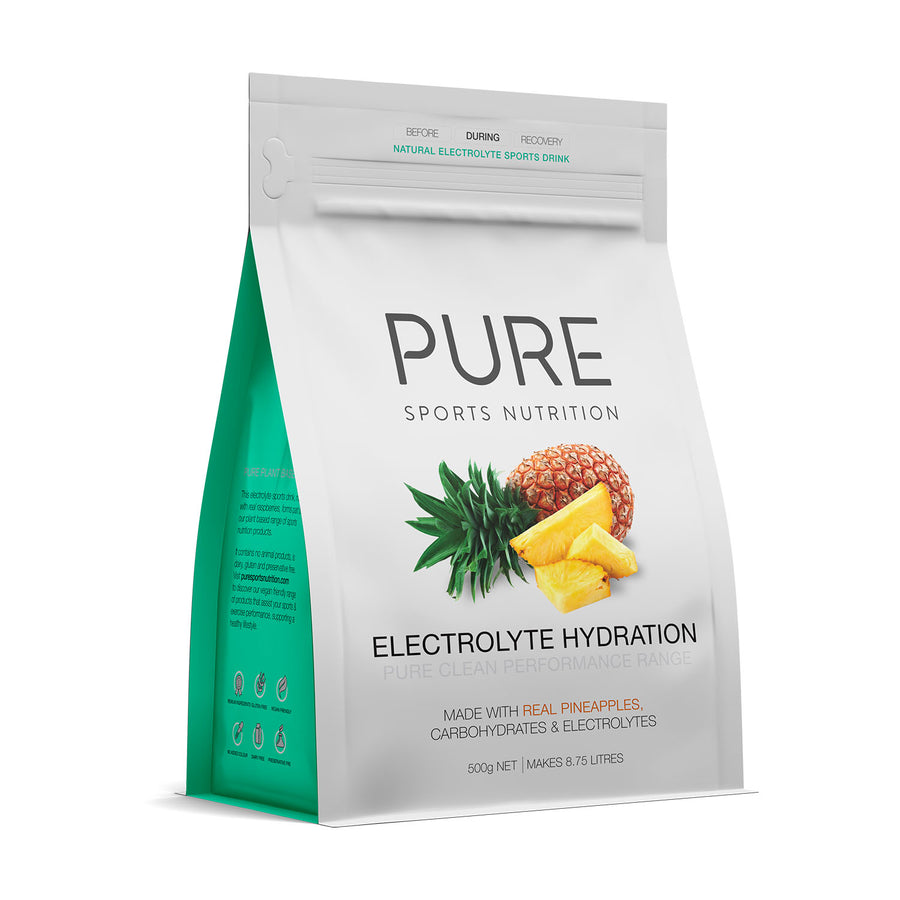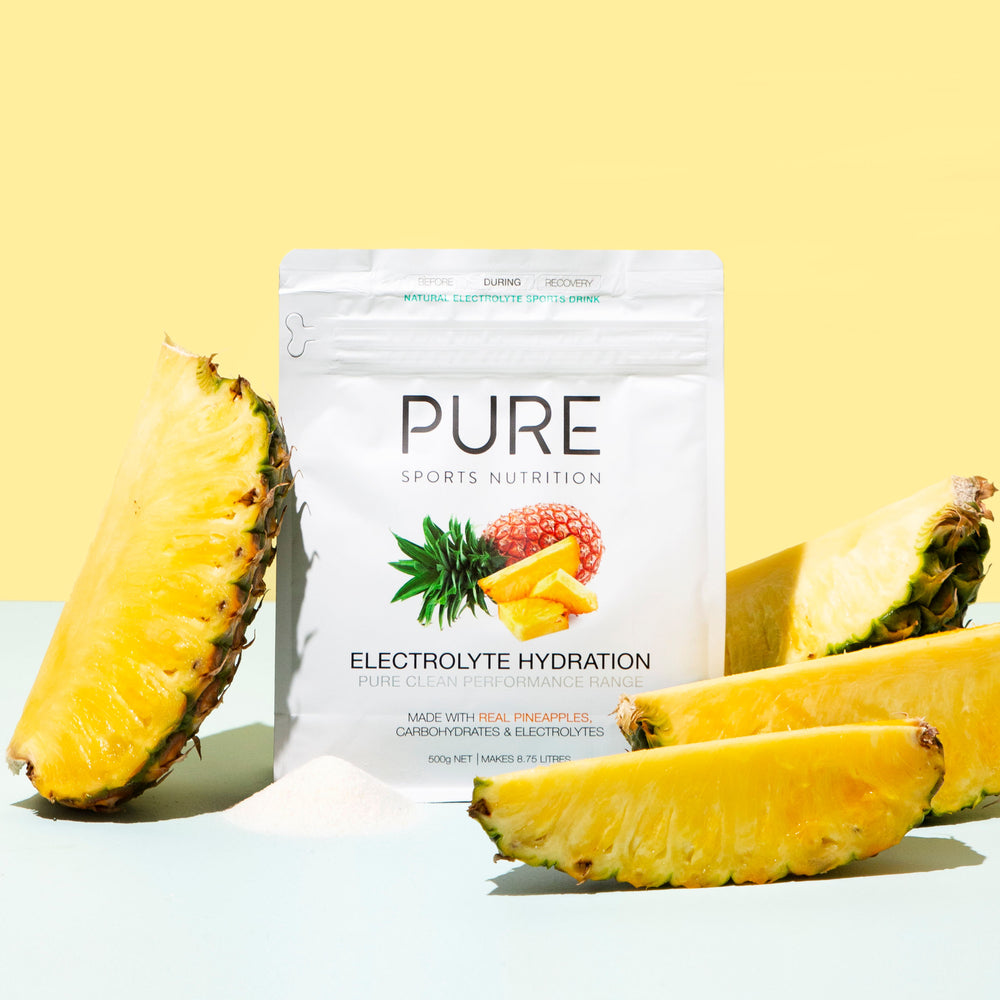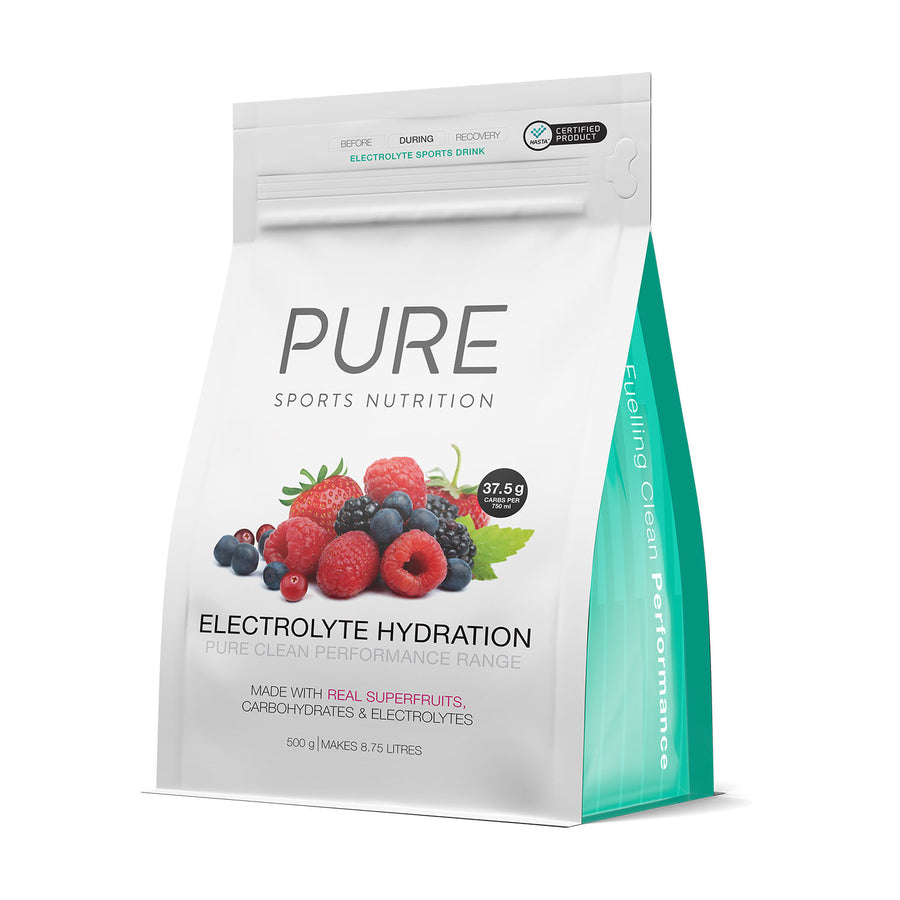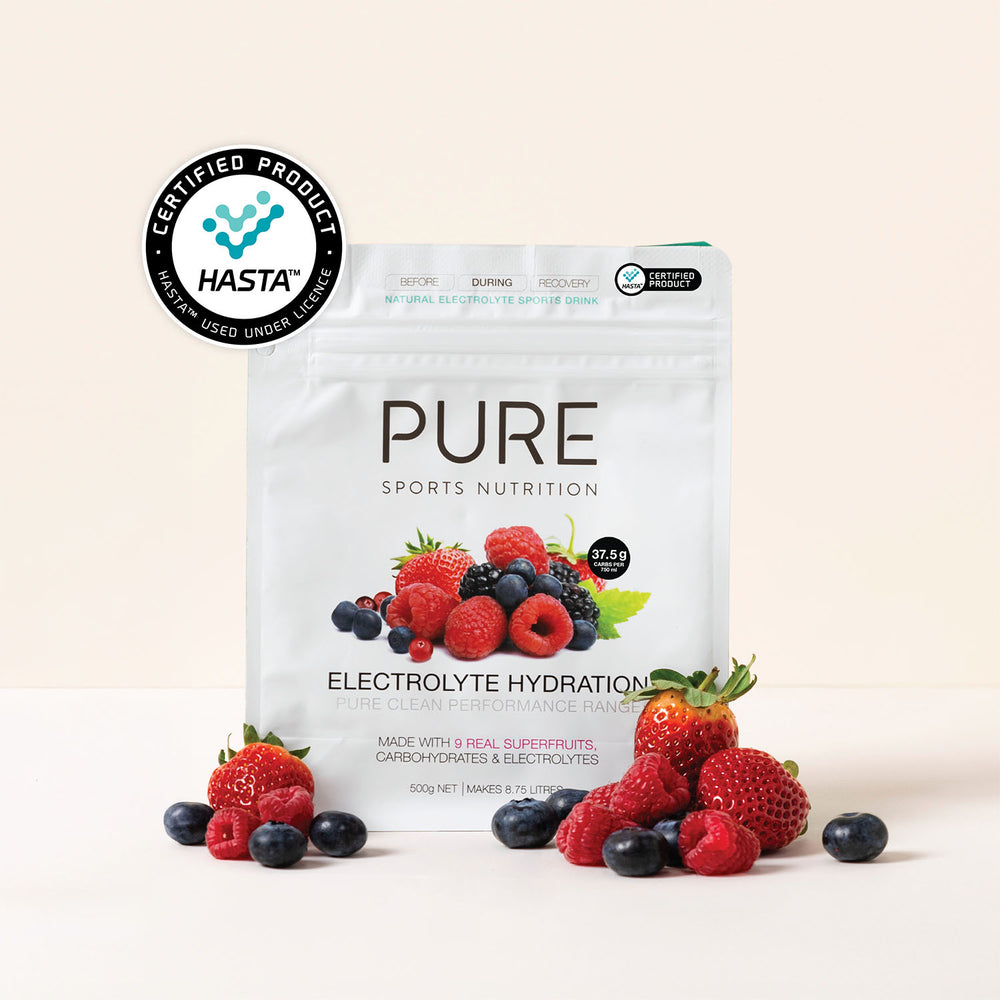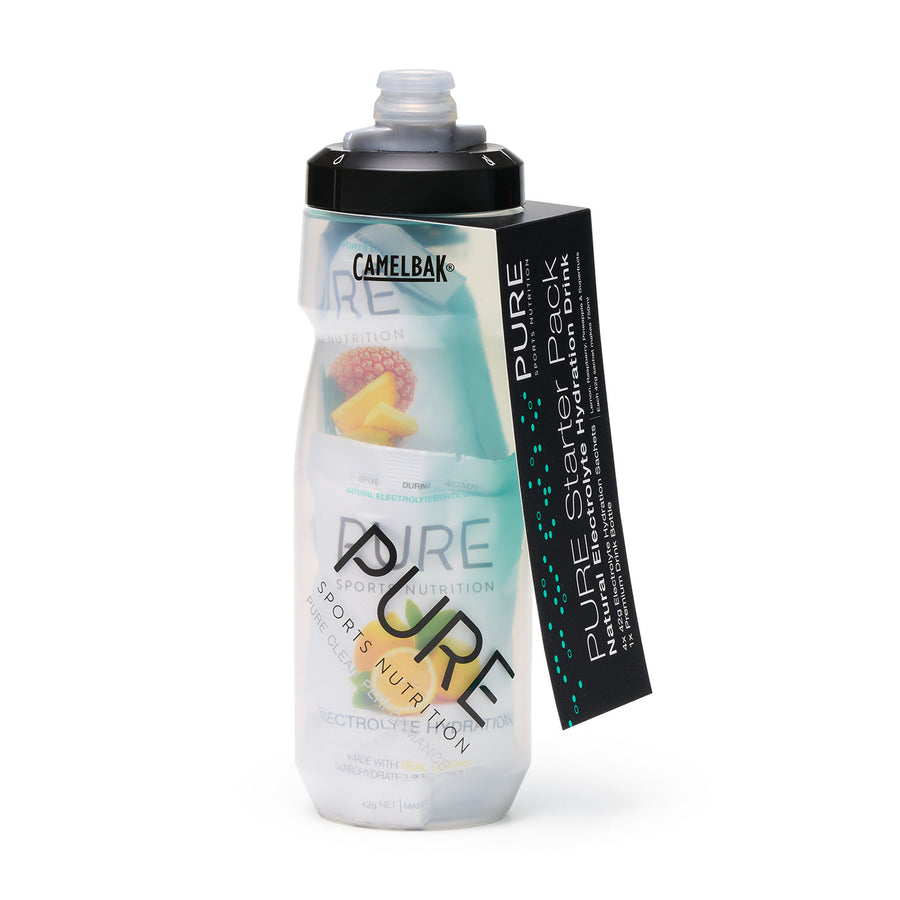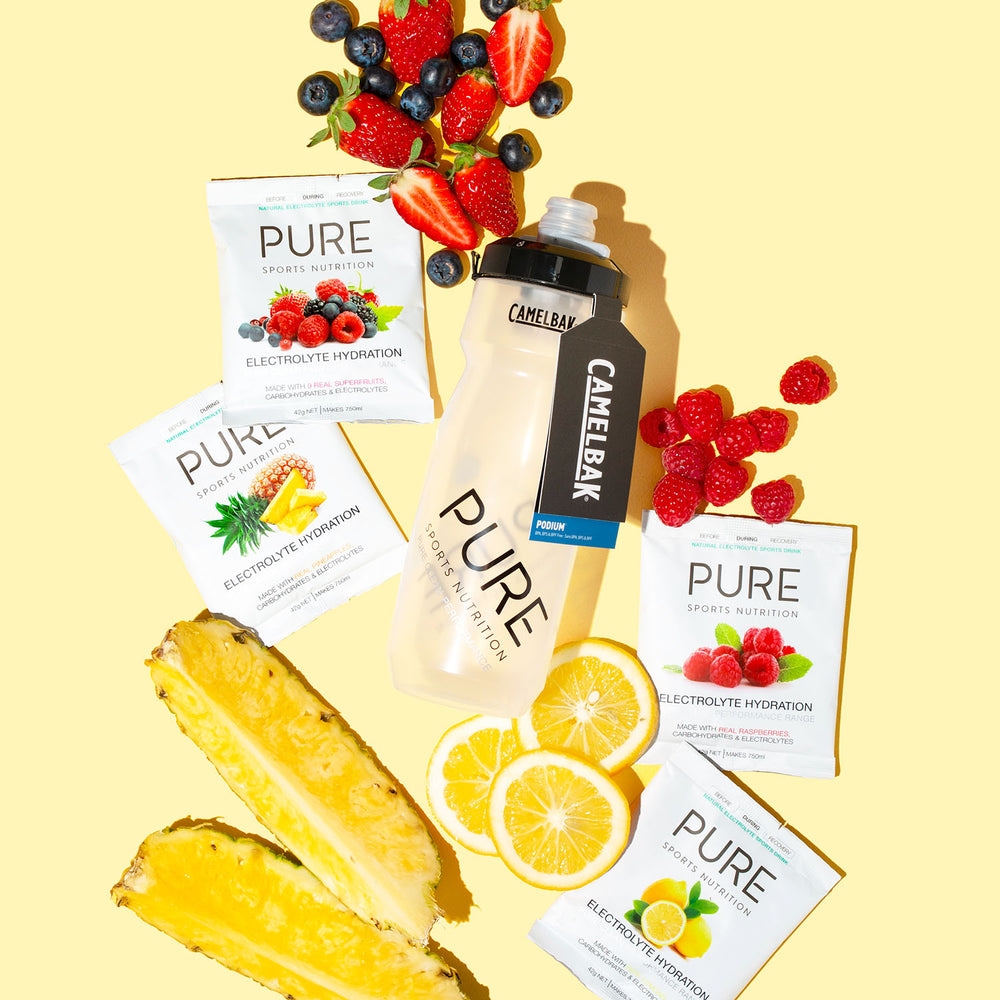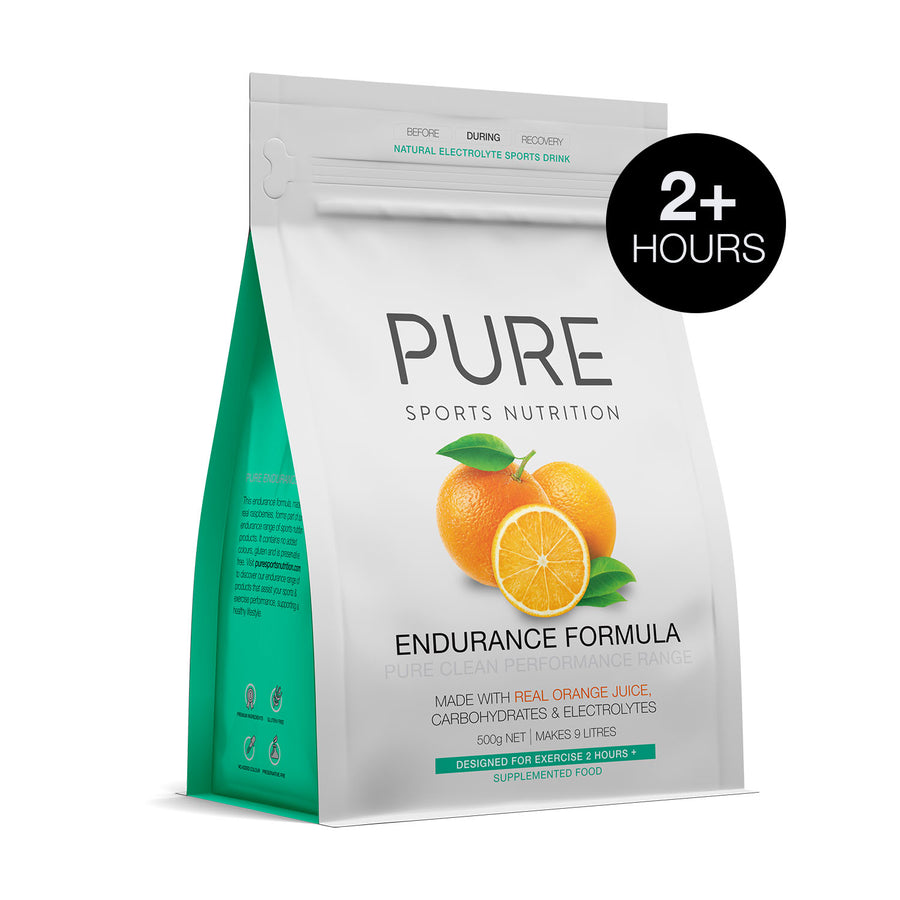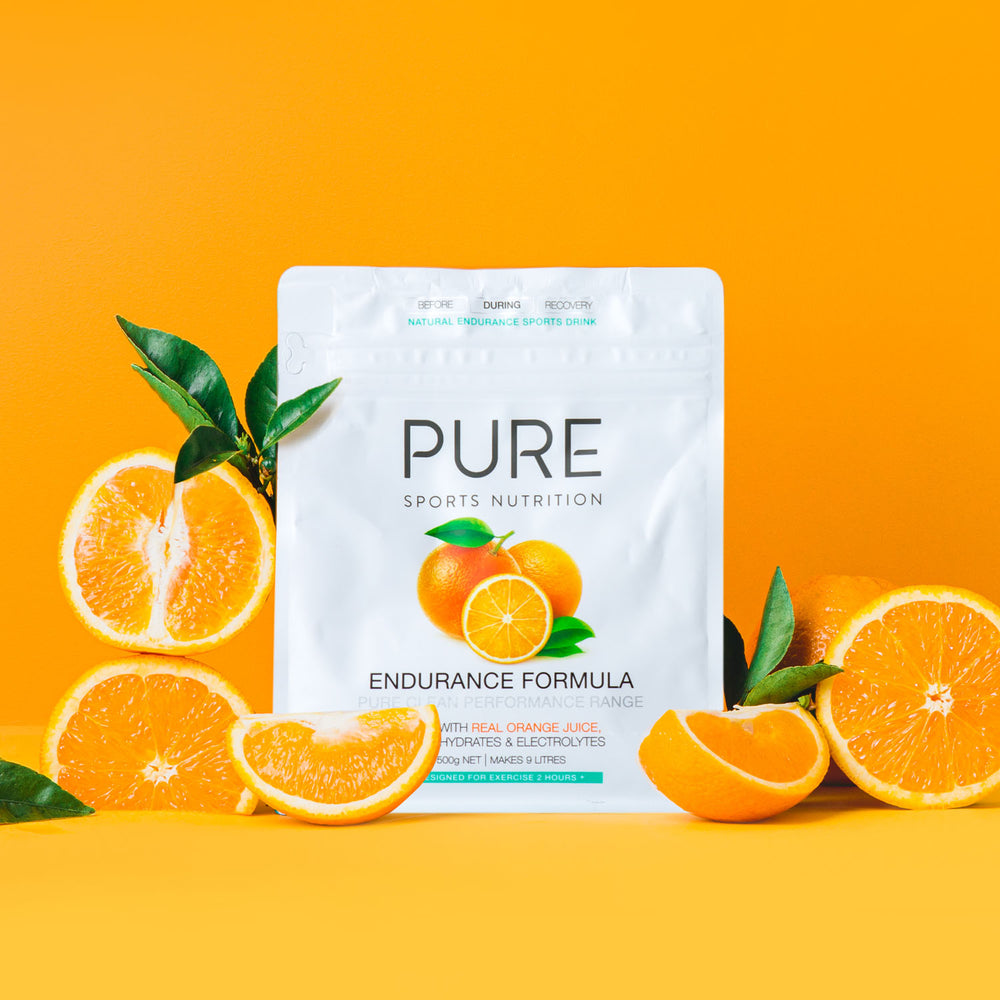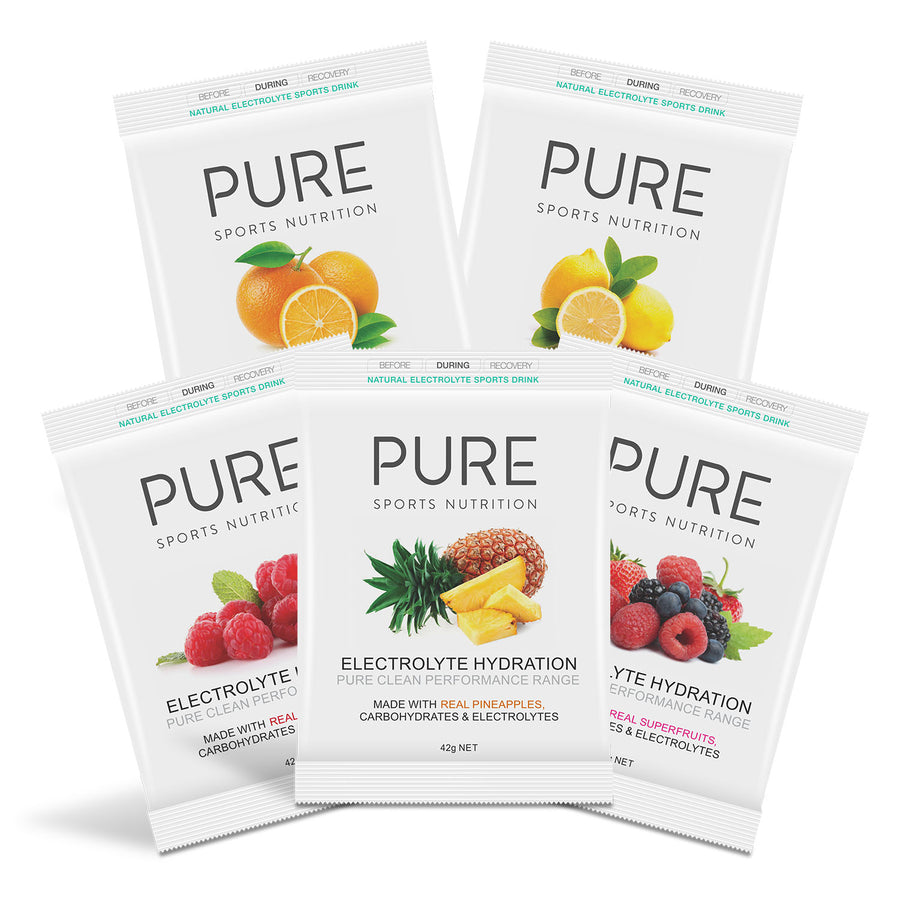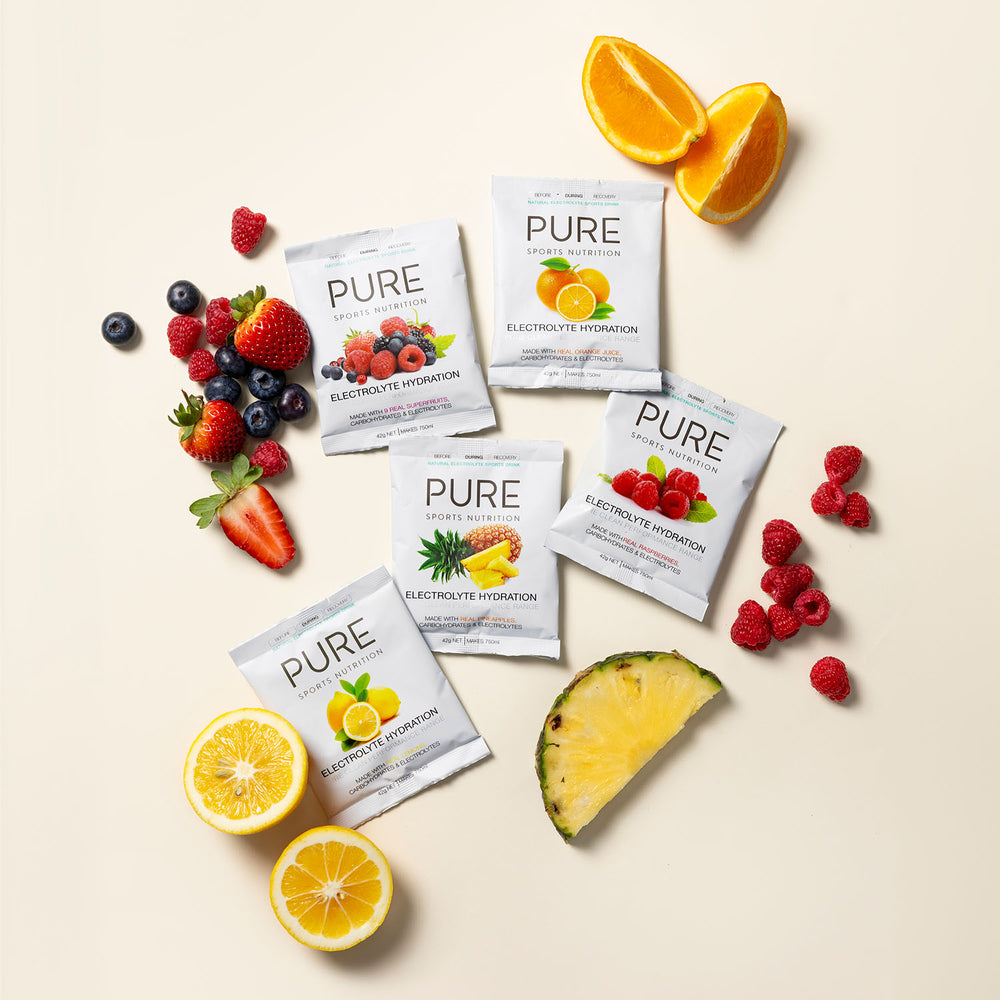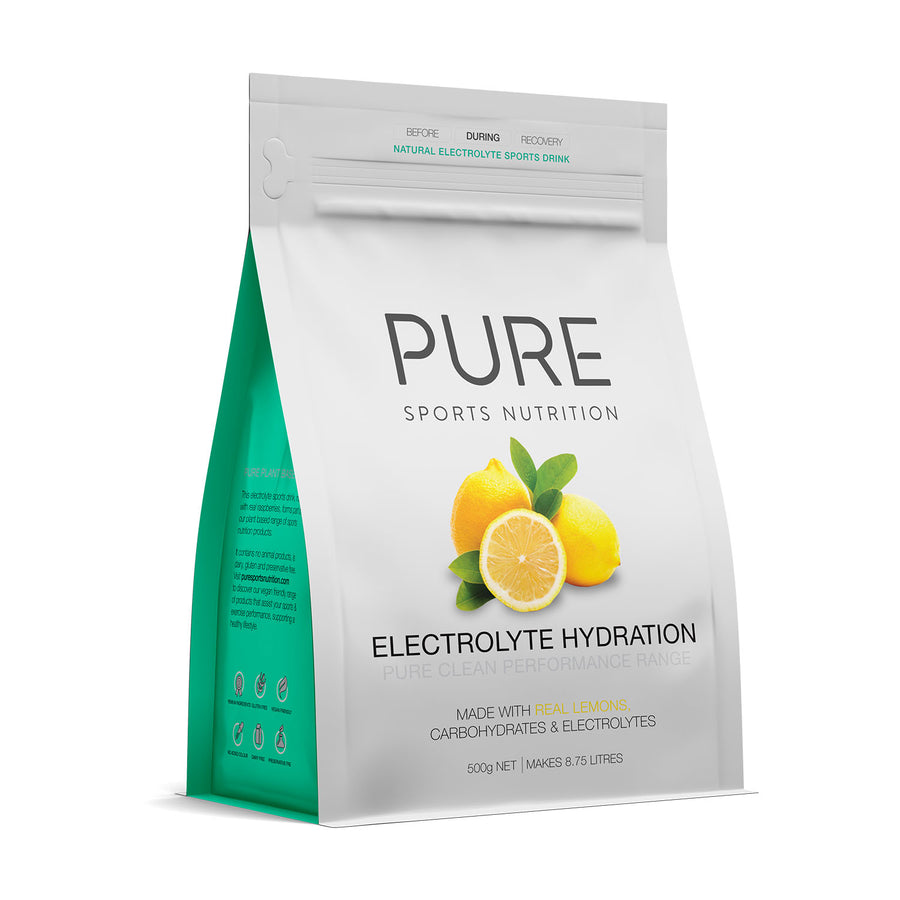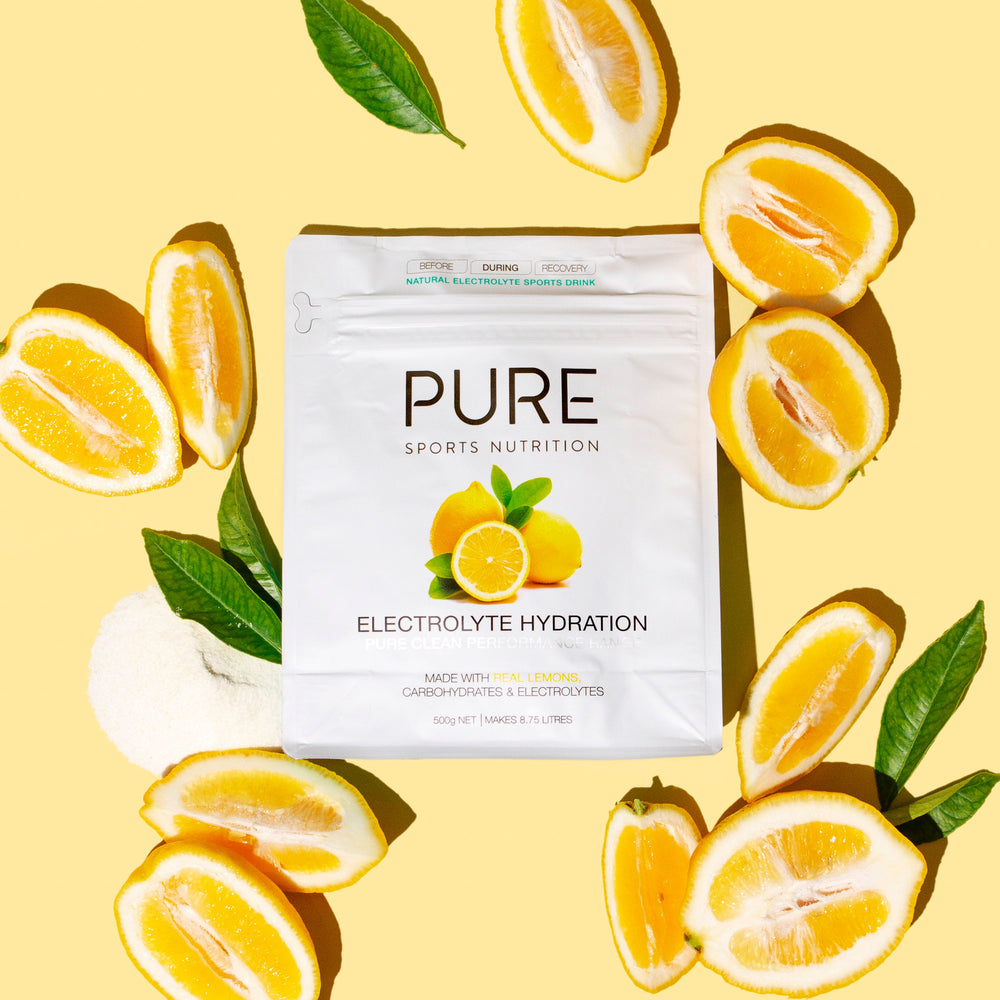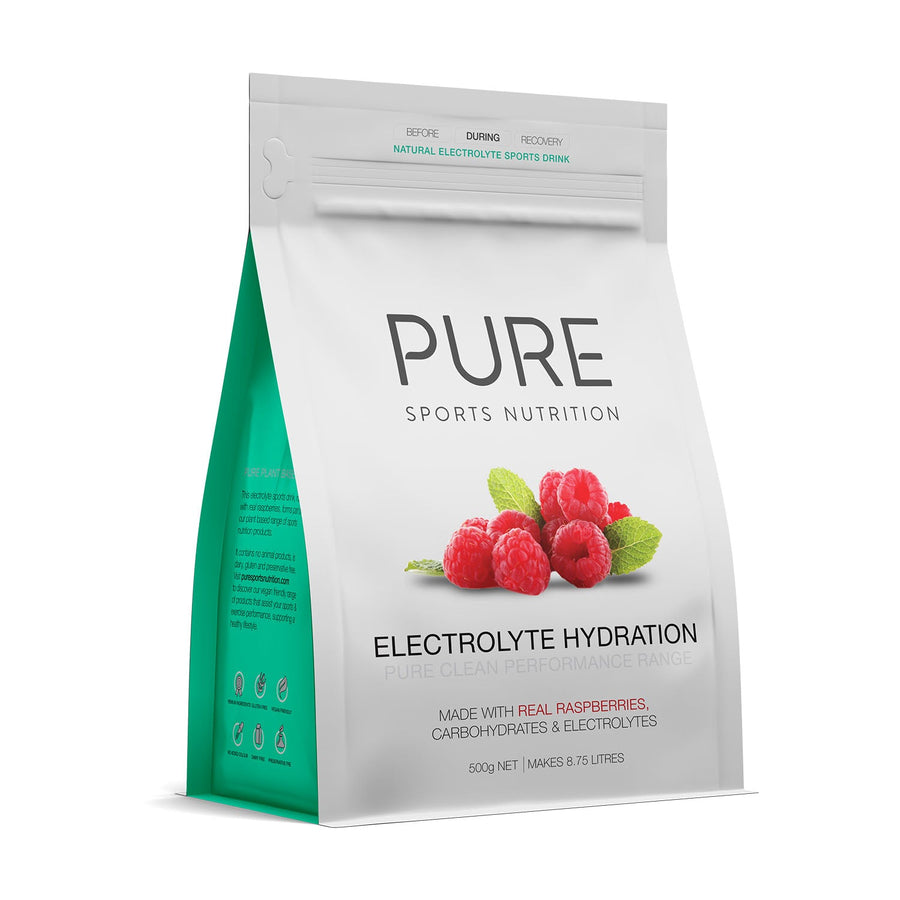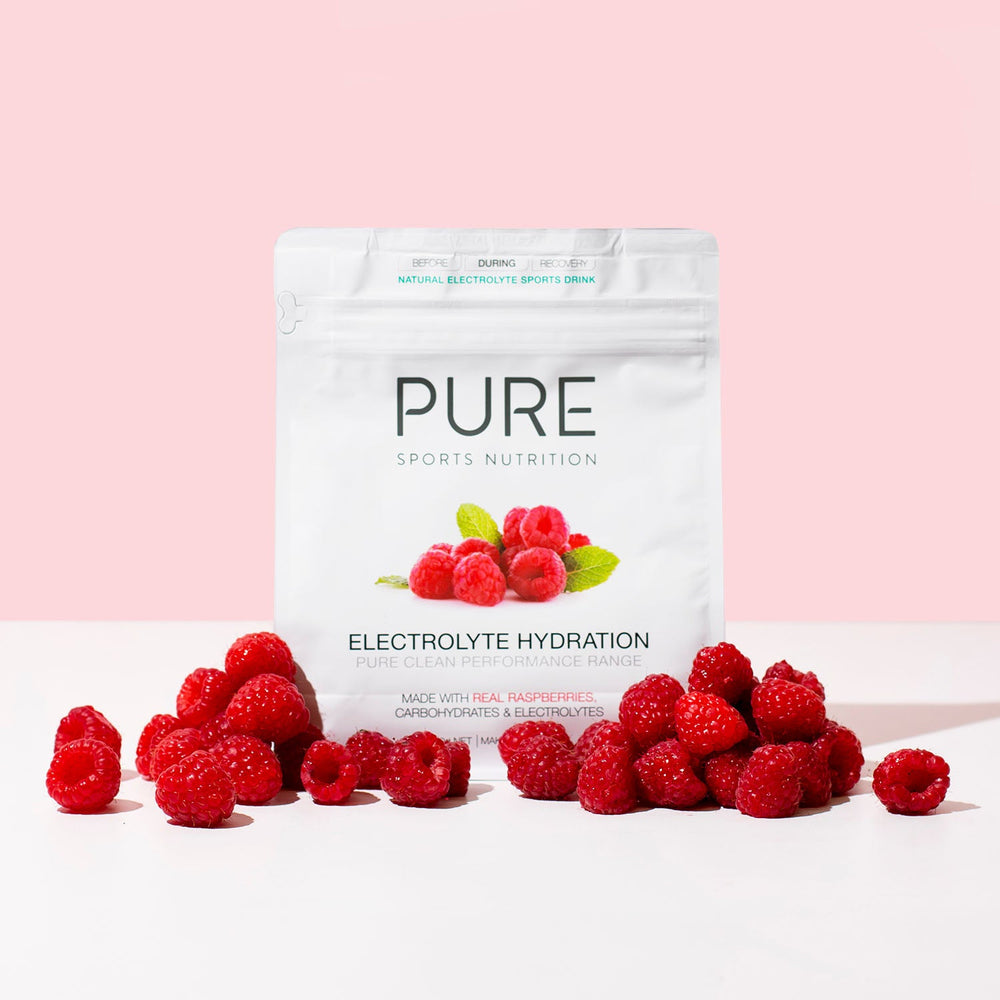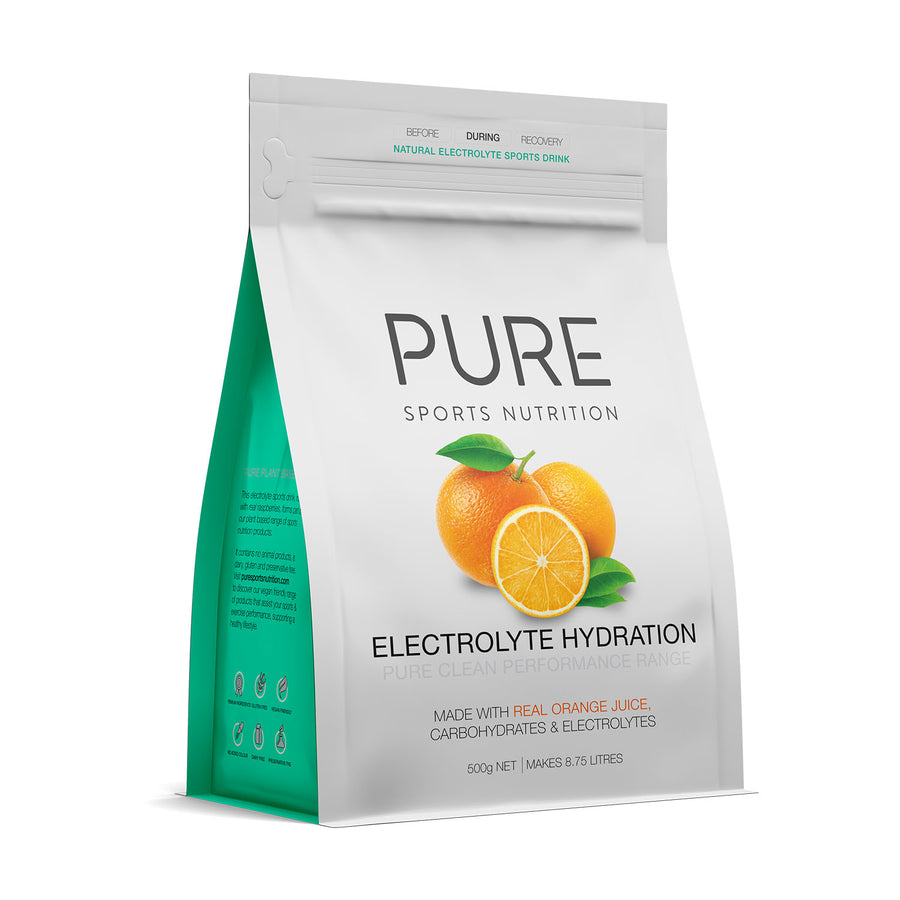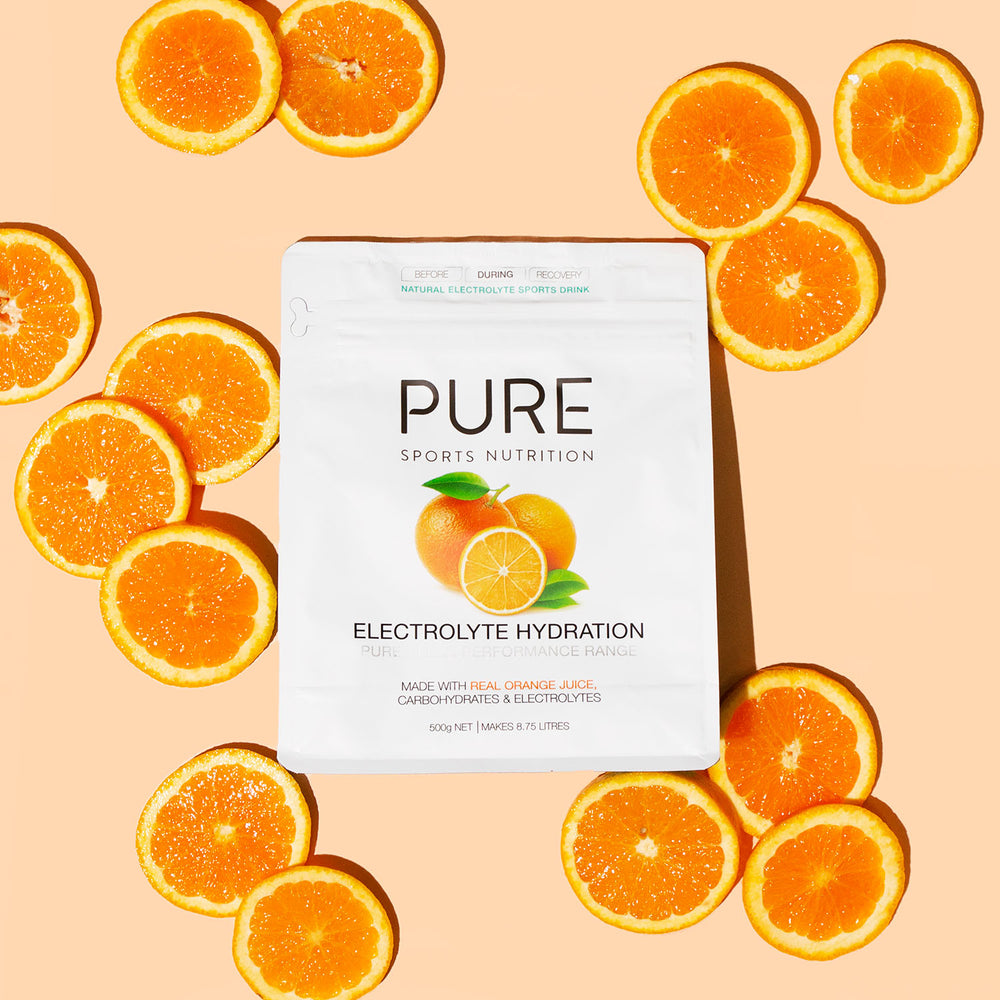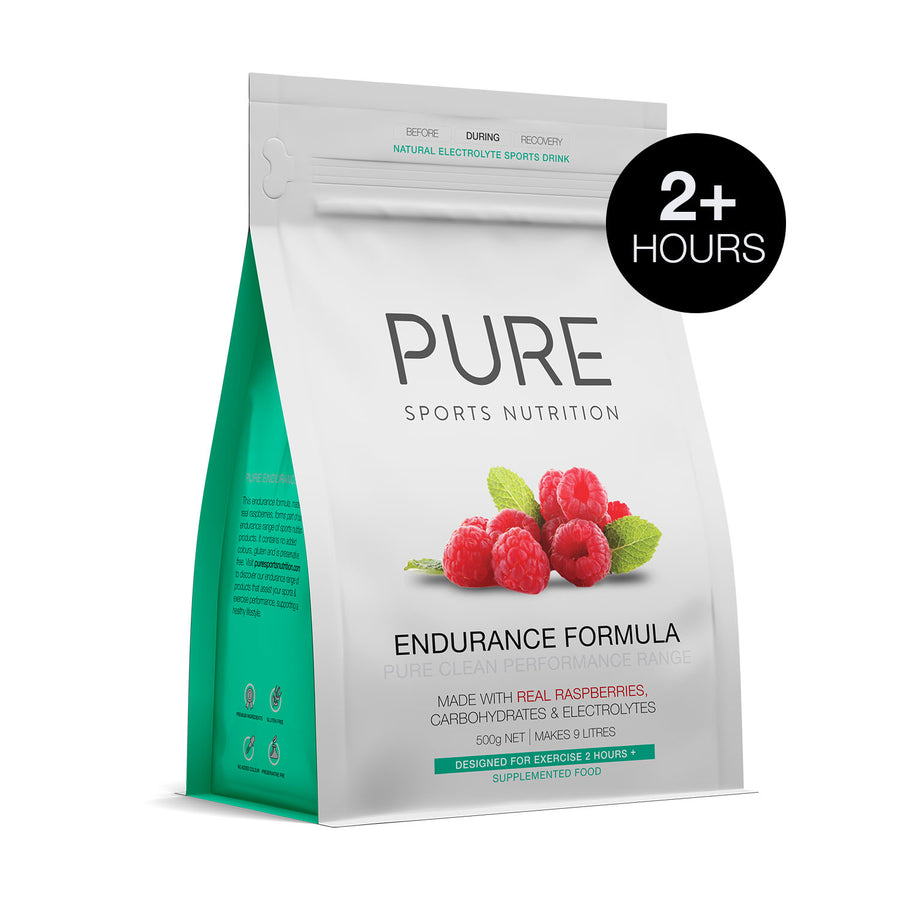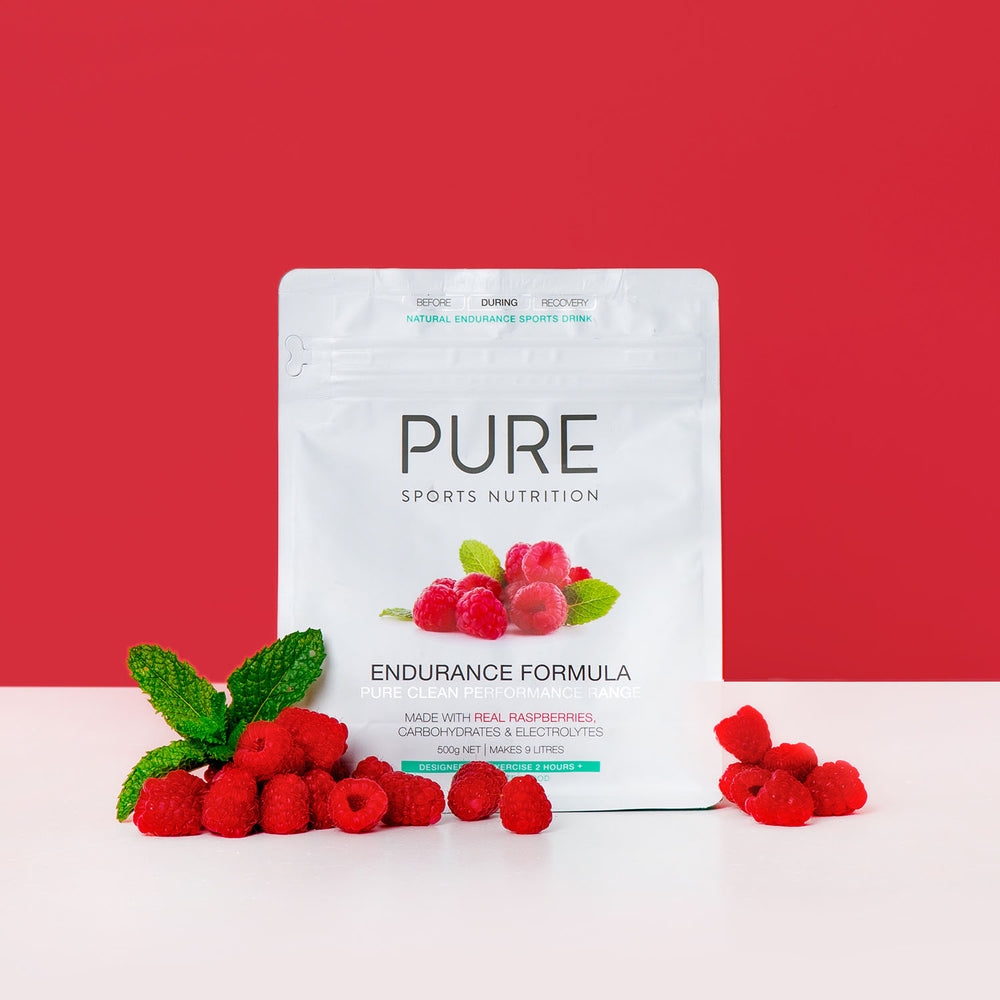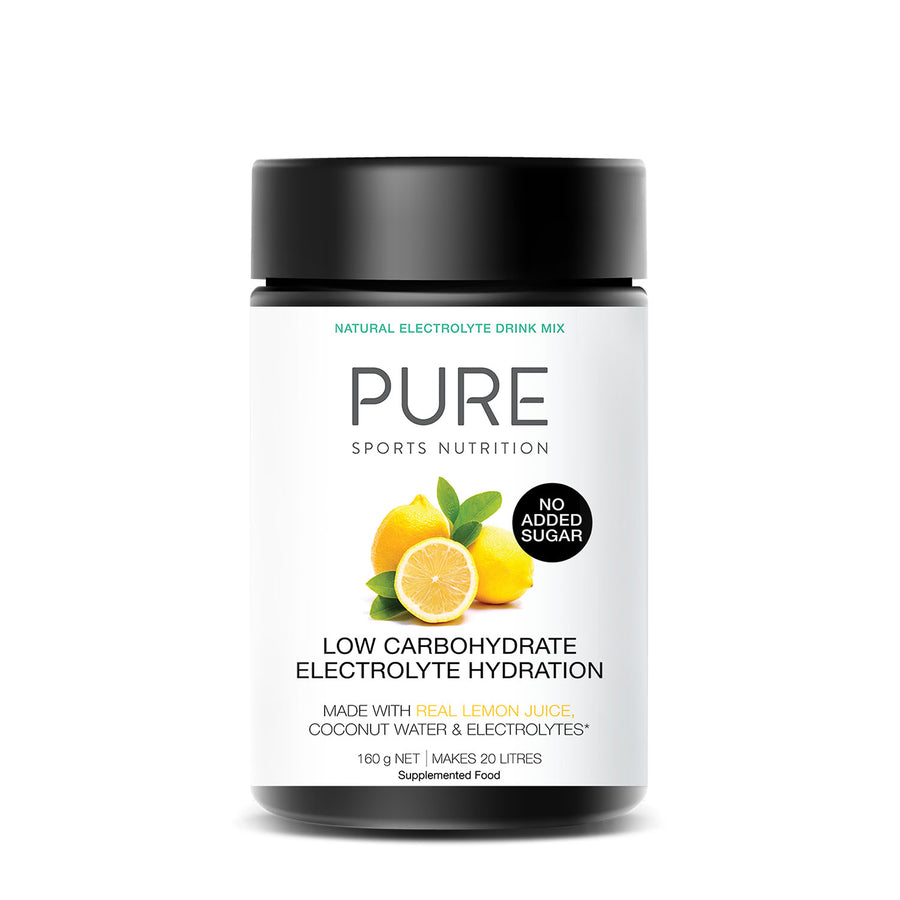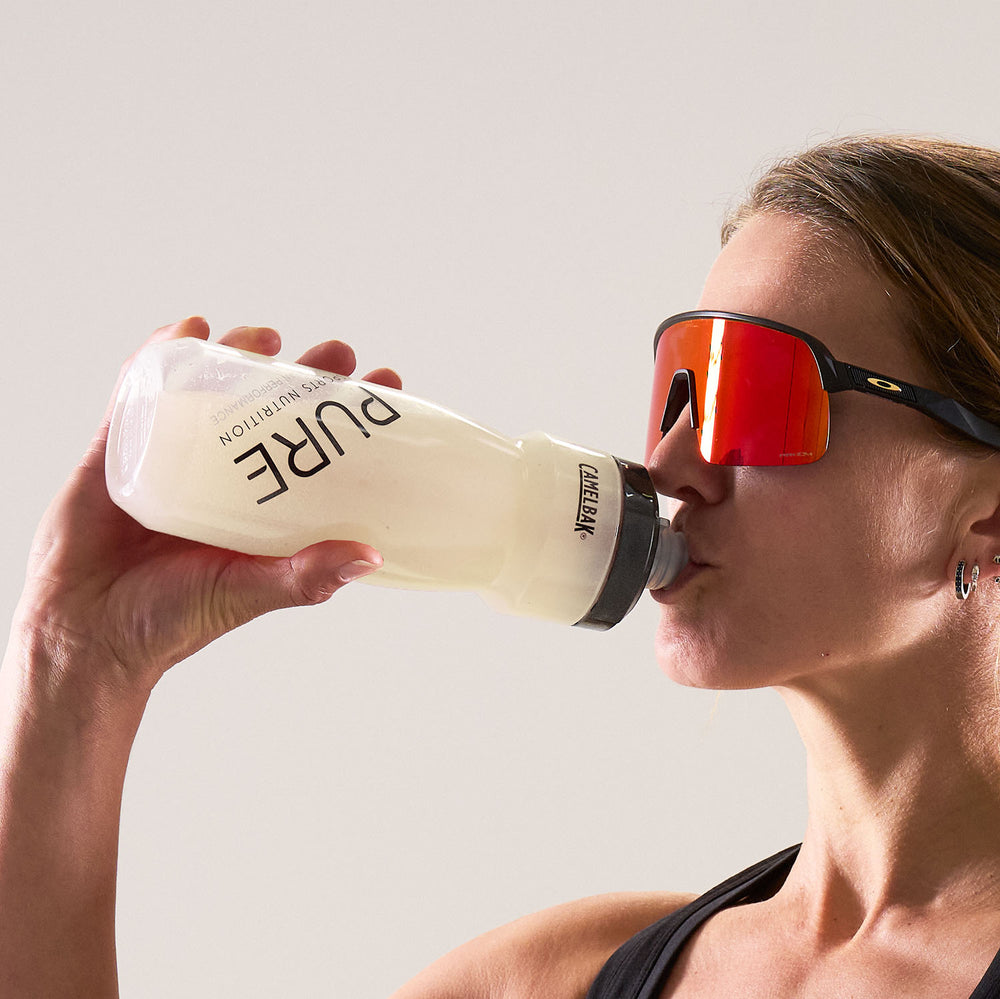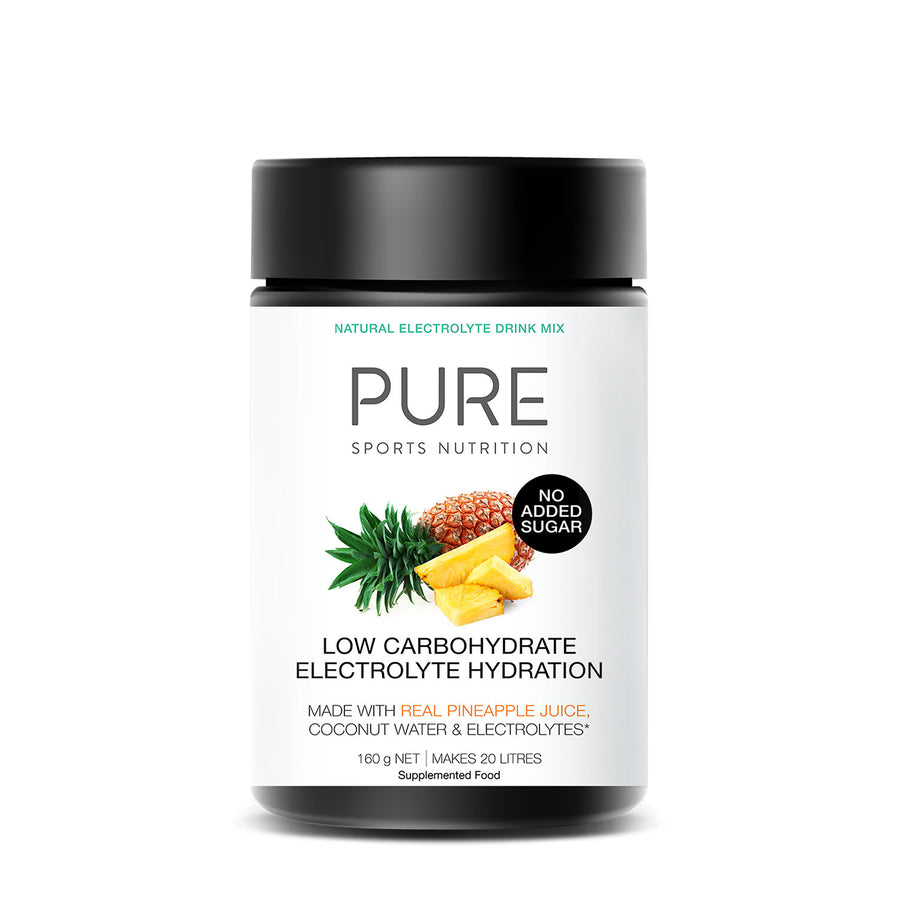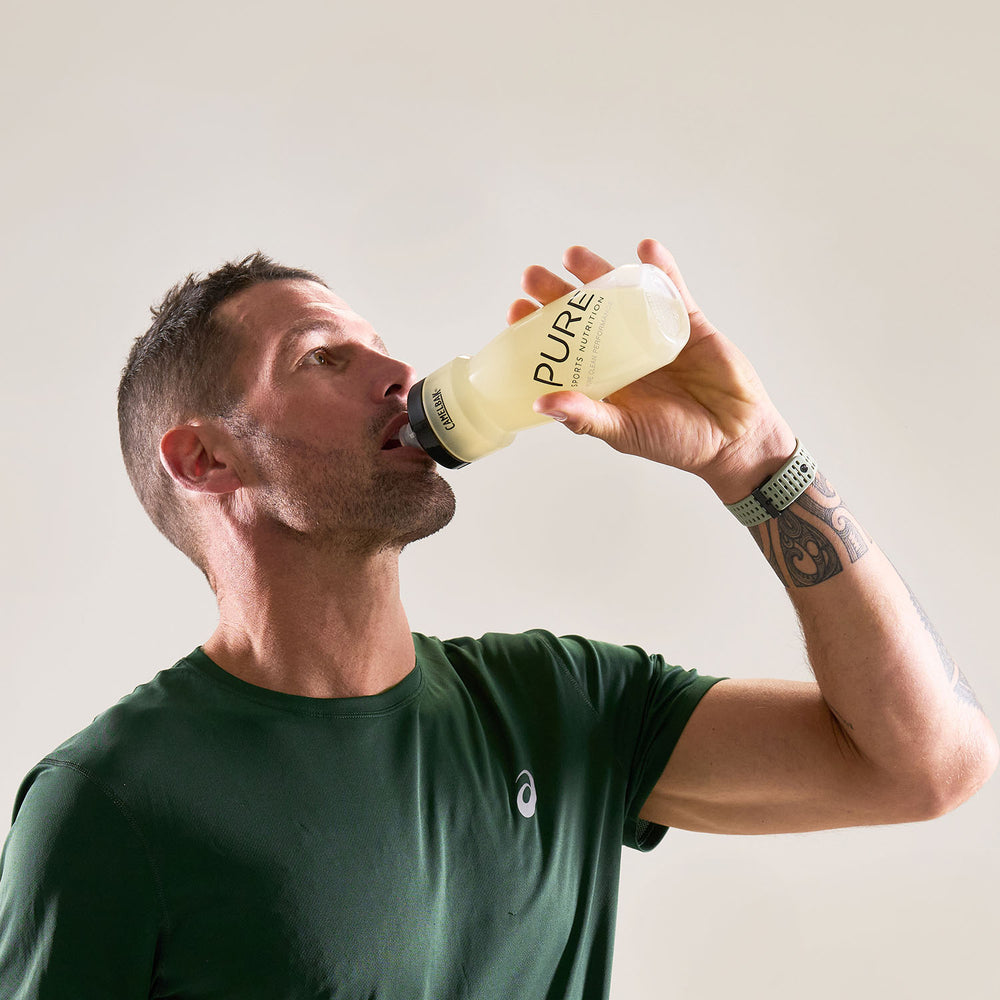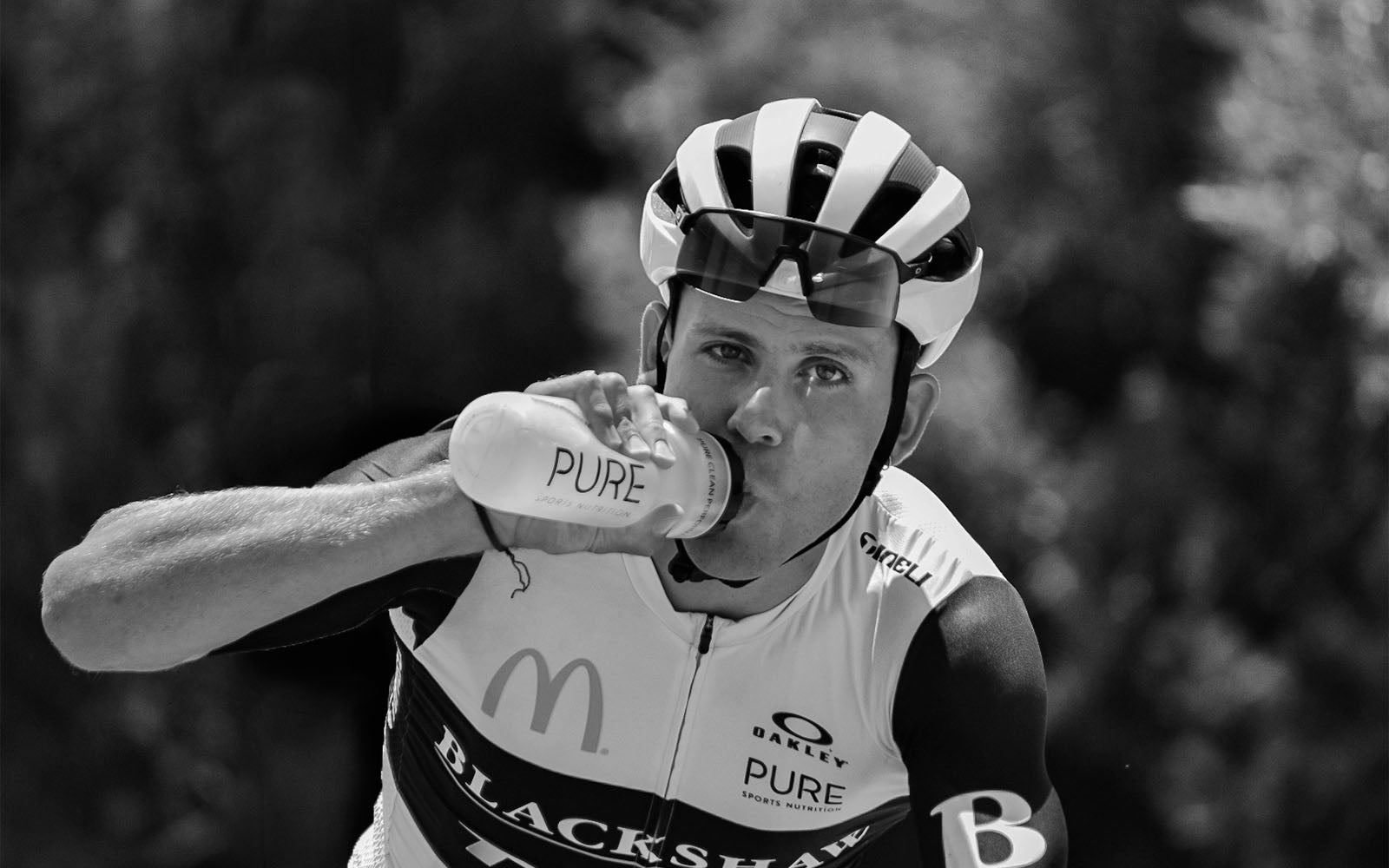
Tips to Fuel Your Performance on Race Day
Performance nutrition starts well before race day with many daily habits and processes that wrap around training to lead to a successful outcome.
Much like a pyramid the base habits form the most important part of the performance structure. This includes daily hydration and dietary choices to fuel training and recovery. Exceptional daily nutrition underpins performance, so this is where you need to begin your nutrition focus. This includes eating a diet largely consisting of unprocessed foods which are naturally high in nutrients. Think in season fruits & vegetables, high quality proteins and healthy fat sources. Proportions and energy intake will differ depending on training phase but it’s important to look at the overall picture, tune into yourself to ensure you are fuelling correctly to support energy needs and recovery.
Carbohydrates are an important piece of the performance puzzle and the lead in to endurance events often brings with it carb loading strategies. Timing is 2-4 days out depending on race duration and aims vary starting between 6-12g of carbs per kg for females. To meet these higher requirements athletes must ensure snacks and meals are carb based. Fluids are another simple way to increase carb intake i.e flavoured milk, juice and sports hydration. During endurance events hourly carb requirements can be up to 90g plus, this is where PURE Performance Plus Race Fuel is helpful allowing a high carb delivery (and electrolyte) in a palatable and easily digestible form. The science behind it shows the type of carbohydrate is unique in its structure, allowing success of this exceptional high load of carb delivery. It is designed to use as a complete fuel or can easily be combined with other nutrition sources i.e. caffeinated gels for an extra boost.
Nitrate loading is another credible pre-race strategy that consists of loading and accumulating nitrates in the body up to 5 days pre-race. One serving of PURE Beet Endurance contains 369mg of nitrates. The body naturally converts this to nitric oxide, which opens blood vessels, allowing more blood, oxygen and nutrients to be delivered to muscles. In a performance context, this helps create efficiency and aids endurance.
The use of anthocyanins is becoming increasingly recognised in sports performance, locally sourced with high quantities of the potent antioxidant. A meta-analysis and systemic review of nine clinical studies have shown New Zealand grown blackcurrants account for a small but significant performance increase when consumed for 7 days (105-210 mg anthocyanins) (1). The specific mechanism is still not completely clear, however, points towards cardiovascular benefits, increased blood flow and oxygen delivery to working muscles, and clearance of lactic acid to aid recovery. These can be taken in powder or capsule form daily to support training and racing.
Electrolytes (salts) are vital to muscle function and fatigue prevention so it’s worth getting to know your needs. These can vary so a sweat rate test can help determine your requirements to help with planning for performance. Not only do you need to replace electrolytes lost in your sweat but ensure there are at adequate levels in your hydration to keep the body balanced. Those prone to cramping, or competing for long durations, may even benefit from loading on electrolyte capsules prior to an event and continuing these in their race nutrition plan.
In terms of muscle support, magnesium has powerful relaxation properties and can be included into a recovery plan. It can also help nurture sleep, a vital part of recovery. Athletes aiming for peak performance often need closer to 8-9 hours of sleep, and restorative naps where possible.
In terms of performance race nutrition plans, these should be developed 3-6 months out from race day so you know what you are working towards, use your long training sessions to test and tweak any changes. While options such as Race Fuel are designed for racing, it’s important to trial it in some long trainings (ideally under similar race conditions) to see how it sits and performs. The gut can be trained to accept higher loads of fluid and fuel, the key is to start small and frequently before slowly increasing quantities until you meet your hourly nutrition goals.
